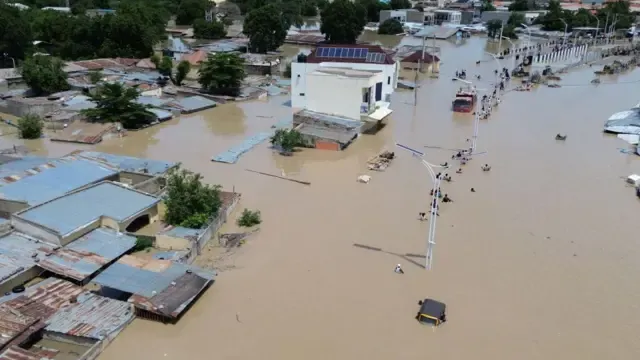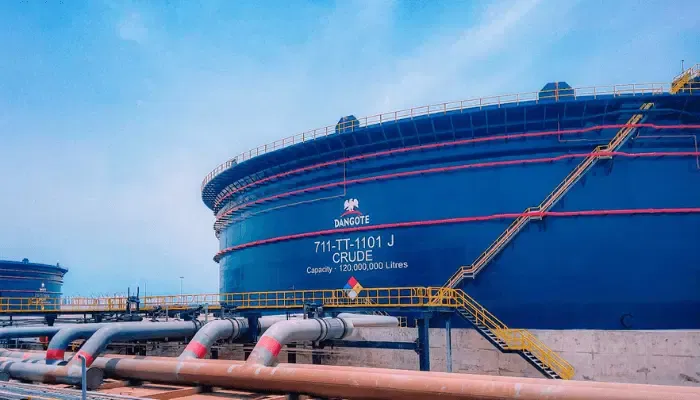On September 9, 2024, a catastrophic flood devastated Maiduguri and Jere Local Government Area in Borno State, resulting in widespread displacement and destruction. This disaster, the third of its kind in 32 years, was triggered by the overflow of Alau Dam following heavy rains.
The flood, which inundated up to 40% of Maiduguri, led to significant loss of life among both people and domestic animals. Over 80% of the animals in the Sanda Kyarimi Park Zoo perished. The flood also obliterated houses and critical infrastructure, causing billions of naira in damages.
The National Emergency Management Agency (NEMA) reported that the flood began after the Alau Dam, managed by the Chad Basin Development Authority, overflowed. Experts pointed to the Alau Dam’s reliance on inflows from the Ngaddabul River, a tributary of the Yedseram River, which feeds into the Alau and Jere Bowl areas. The dam, constructed in 1984 and operational since 1986, is crucial for irrigation and flood control but has also contributed to past flooding incidents.
Historical context reveals that the dam has previously been linked to flooding in 1992 and 2012. The 1992 flood occurred when the dam reached its capacity, while the 2012 event was triggered by the dam’s evacuation valve opening due to heavy rainfall. The most recent flood was exacerbated by the collapse of multiple dykes and the improper management of water discharge.
Despite significant allocations for dam repairs over the years—including N285 million in 2020 and N200 million in 2023, with the highest under the Buhari administration—ongoing rehabilitation has faced challenges. Allocations for dam maintenance have been inadequately utilized, leading to the current crisis.
Residents, including a 70-year-old from Gwange Ward and a local fish farmer, reported previous concerns about the dam’s structural integrity, which they claim were ignored by authorities. Former Managing Director of Chad Basin Development Authority, Engineer Abubakar Iliya, attributed the flooding to the collapse of dykes and inadequate spillway management.
As a result of the flooding, approximately two million people are displaced and currently seeking refuge in various camps. Areas such as Gwom, Muna, 505 Housing Estate, and Dikwa low-cost housing units remain inaccessible.





